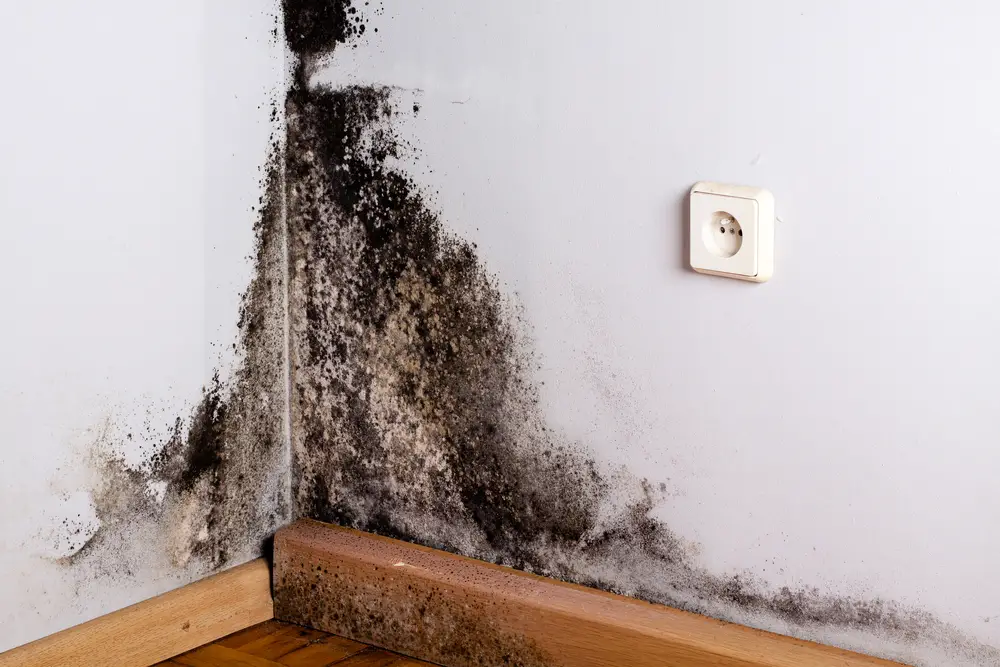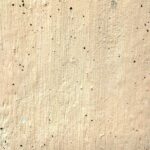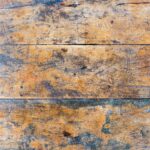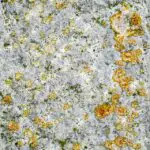Renting a property offers the convenience of a home without the long-term commitment of ownership. However, it also comes with a set of responsibilities for both tenants and landlords, particularly when it comes to issues like mold. The presence of mold in rental properties can be a contentious issue, raising questions about who is responsible for its identification, prevention, and remediation.
In this blog, we will discuss the topic of Mold in Rental Properties: Tenant and Landlord Responsibilities by understanding the roles each party plays, we aim to provide clarity on how to address and navigate mold-related challenges in rental spaces.
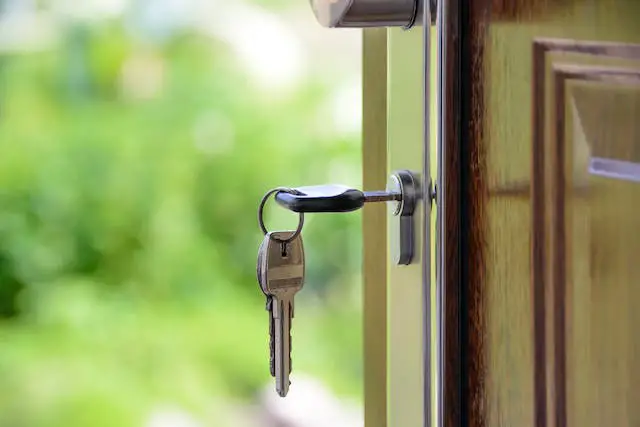
Mold, a common issue in many homes, can be particularly tricky in rental properties. It not only poses health risks but also has the potential to damage the structure of the property. To navigate these challenges, it’s crucial to establish a clear understanding of the responsibilities of both tenants and landlords.
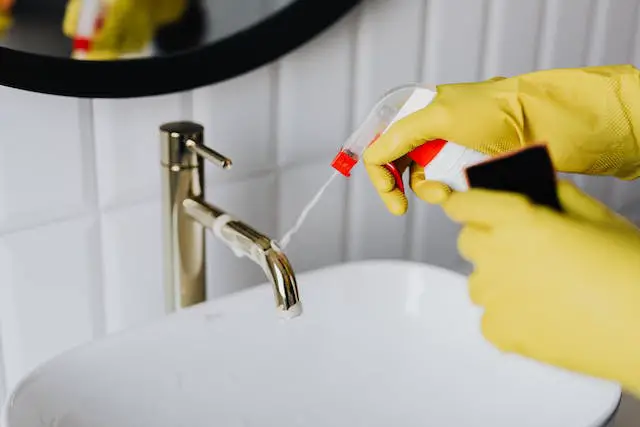
Tenant Responsibilities: Early Detection and Maintenance
Routine Inspection
Tenants play a vital role in the early detection of mold. Regular inspections of the property, especially in moisture-prone areas like bathrooms and kitchens, can help identify mold growth at its onset.
Prompt Reporting
Once mold is identified, tenants must promptly report the issue to the landlord. Timely communication ensures that the problem doesn’t escalate, making it easier and less costly to address.
Proper Ventilation
Tenants should also take measures to prevent mold by ensuring proper ventilation. Using exhaust fans, opening windows, and promptly addressing leaks can significantly reduce the risk of mold growth.
Landlord Responsibilities: Providing a Safe Living Environment
Pre-Lease Inspection
Landlords are responsible for providing a safe and habitable living environment. Before a tenant moves in, a pre-lease inspection should be conducted to identify and address any existing mold issues.
Maintenance and Repairs
Landlords must promptly address any leaks, water damage, or plumbing issues that may contribute to mold growth. Regular maintenance and timely repairs are essential for preventing and mitigating mold problems.
Remediation
In the event of mold growth, landlords are typically responsible for remediation. This may involve hiring professionals to address the issue comprehensively, ensuring that the property is restored to a mold-free condition.
Legal Implications: Mold and Rental Agreements
Lease Agreement Terms
The terms of the lease agreement play a crucial role in defining responsibilities. It’s important for both tenants and landlords to thoroughly review and understand these terms, especially those related to maintenance and mold prevention.
Legal Recourse for Tenants
If a landlord fails to address a mold issue despite being notified, tenants may have legal recourse. However, the specific legal options vary by jurisdiction, making it important for tenants to be aware of their rights.
Landlord Liability
Landlords can be held liable for health issues resulting from mold exposure if they were aware of the problem and failed to take appropriate action. Understanding liability is essential for both parties in navigating potential legal disputes.
Mitigating Disputes: Open Communication and Documentation
Communication Channels
Open and transparent communication is key to resolving mold-related issues amicably. Both tenants and landlords should establish clear channels of communication to address concerns promptly.
Documenting the Issue
Whether it’s the initial discovery of mold or the steps taken to address the problem, documentation is crucial. Photographs, written communication, and any professional assessments should be documented to provide a clear timeline of events.
Conclusion
Mold in Rental Properties: Tenant and Landlord Responsibilities is a complex interplay of duties, legal obligations, and shared interests in maintaining a safe and habitable living space. Tenants and landlords alike must recognize the importance of proactive communication, routine maintenance, and swift action in addressing mold issues.
By understanding their respective roles and legal obligations, both parties can contribute to creating a healthy and harmonious living environment within rental properties. Open dialogue, timely responses, and a commitment to preventative measures will ultimately foster a positive and mold-free renting experience for all involved.

